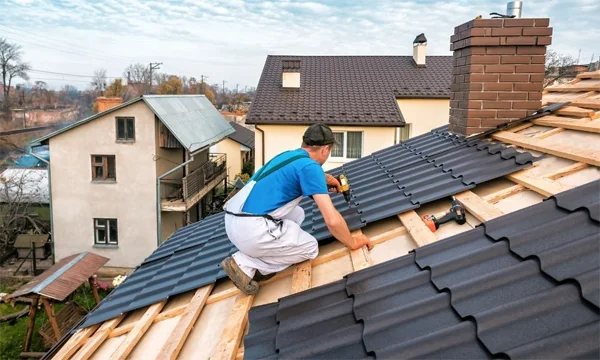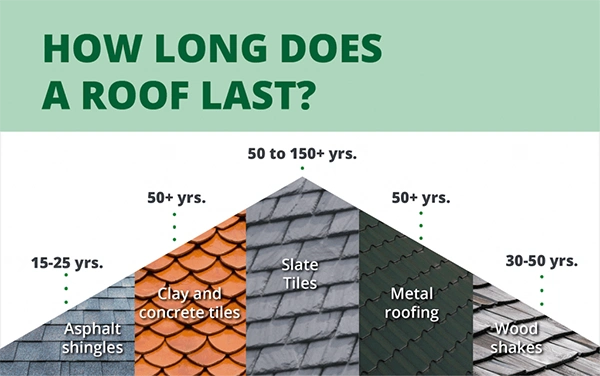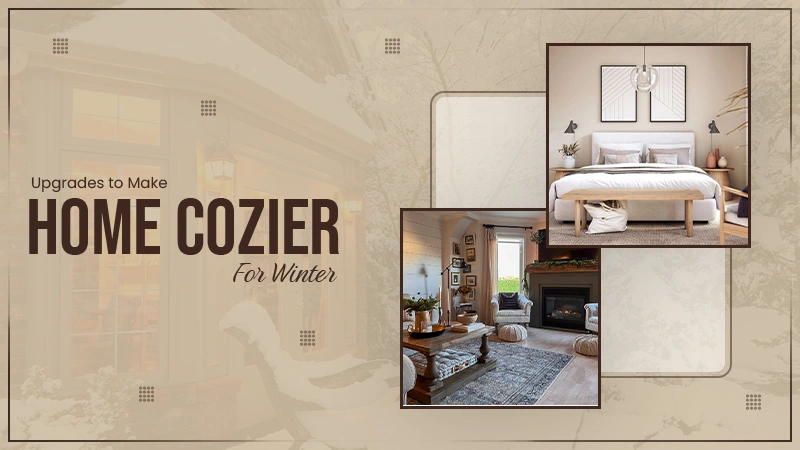
While you appreciate the variety of weather, you equally despise the damage it can cause to the roofs. Your roof is exposed to numerous weather challenges like scorching heat, intense rainfall, hailstorms, and fierce thunderstorms.
With this unpredictable weather, you need roofs that protect you and your home from harsh conditions. So, it becomes important to pick the appropriate roofing materials according to your surroundings and the amount that your pocket allows.
When it comes to trustworthy and professional roofing services, Austin roofers
are the industry leaders. Whether you require a new roof installation, complex repairs, or ongoing maintenance, they know how to get the job done right.
Choosing the right materials for your home can be quite tricky, especially with so many options available. It might seem a bit complicated, but that’s exactly why we’re here to help you navigate through the choices.
Suitable Materials for Climates
Selecting suitable materials according to the climate can save energy and money in the long run and save you from harsh conditions. Some are considered below:
Icy, Snowy, and Cold
Snow may look light and fluffy, but it carries a surprising amount of weight. When it accumulates on a roof, it adds pressure and if the structure is not built to support that load, it could lead to a dangerous collapse.
Opting for dark tiles or metal roofing is a smart choice. Darker roofs absorb sunlight effectively, while metal roofs effortlessly shed snow, ensuring durability and longevity.
Areas that experience heavy snowfall and windy storms include Maine, Alaska, and Michigan slate and clay tiles can be a wise decision
Hot, Dry, and Dusty
If your home feels like a scorching furnace, it’s time to consider a new roof to shield yourself from the heat and harmful sun rays.
The light-hued tiled roofs are recognized for their skill in blocking heat from entering homes, and the latest developments in metal roofing have further improved their ability to repel the heat.
In Arizona, Sirocco, and Utah where the climatic conditions are intensely hot and dry stone-coated steel, concrete, and clay are all fantastic options for roofing materials.
Hot and humid
Residing in a hot and humid climate presents significant challenges, not just for you but also for your roof.
Therefore, it’s crucial to ensure your roof remains cool and reflective to combat these issues. The metal roofing works as an excellent reflector of the sun’s rays and slate, concrete, and clay can give a cool environment to your home.
Moderate
In a moderate climate, your roofs experience less wear and tear due to the absence of severe weather. Still, choosing the appropriate roofing materials can withstand mild weather conditions. Asphalt shingles and metal roofing both are heat-resistant, durable, and budget-friendly options.
Fire-Proof
When living in regions with a high risk of fire, like Mexico, Siberia, and Australia, it’s crucial to invest in a fire-resistant roofing system.
Roof coverings are classified by fire ratings:
- Class A: Brick, gypsum, fiberglass asphalt, and metal roofs
- Class B: Concrete and clay tiles
- Class C: Asphalt shingles, roofing membranes, wood shakes, and shingles.
Earthquake Proof
Reducing roof weight boosts earthquake resilience, despite homeowners’ surprise that a heavier roof doesn’t guarantee better protection.
The lighter roofing options, wood shakes, and shingles can save your head. They are significantly lighter than concrete tiles and asphalt shingles, making them easier to handle.
Additional Options to Consider
Ultimately, the decision is yours regarding your budget, the style of designs you prefer for your home, the duration of your stay, and the maintenance costs involved. Here are some additional factors to consider before selecting the right roofing options.
How Long Do You Plan to Stay at Your House?
No matter if you’re a migrant or settled in one place, there are various roof materials available that offer durability, with lifespans ranging from minimal to extensive.

For those planning to remain in their home for many years, opting for premium materials that resist the effects of wear and tear will ensure you won’t have to deal with replacements every ten years or so.
Is the Structure of Your Roof able to Support Any Materials?
While roofs are designed to bear various weights, it’s a misconception that they can support any materials without consequence.
Natural disasters and other factors can significantly impact the overall structure of a house. For long-term stability, clay, and slate tiles are among the strongest materials recommended for roofing.
How Much Maintenance Are You Capable of?
Just as your vehicle requires maintenance when it runs into trouble, your home does too. I recommend that you inspect your roof at least once a year.
Depending on the roofing material, you might need to maintain it annually, biannually, or quarterly. This not only enhances the roof’s lifespan but also helps prevent future issues, giving you a sense of security.
Which Design Options will Match Your Home’s Decor?
The roof is a key element in shaping the look and functionality of your home, whether you’re designing from scratch or renovating. According to me, you should get advice from a designer who styles the roof according to you.
The right roofing style can significantly elevate your home’s curb appeal, harmonize with its architectural features, and even increase its market value.

